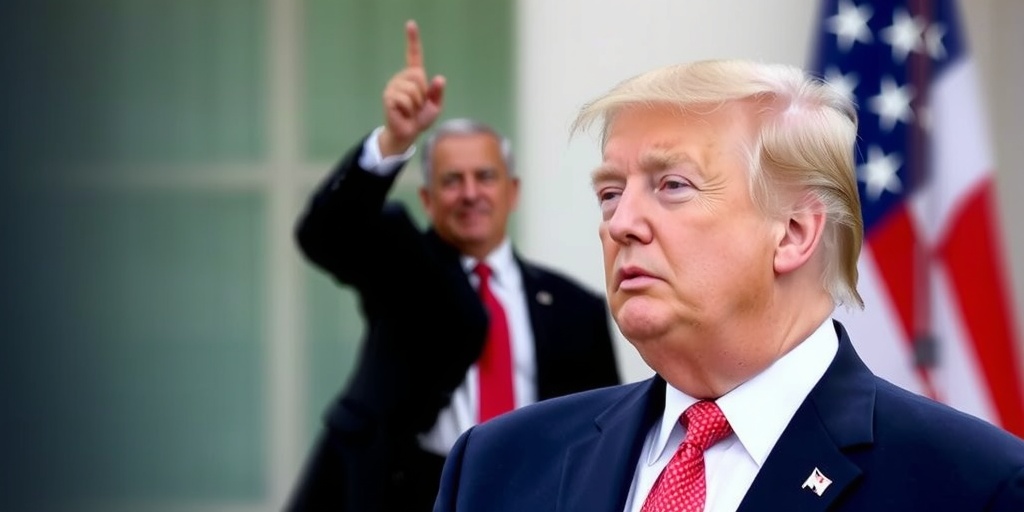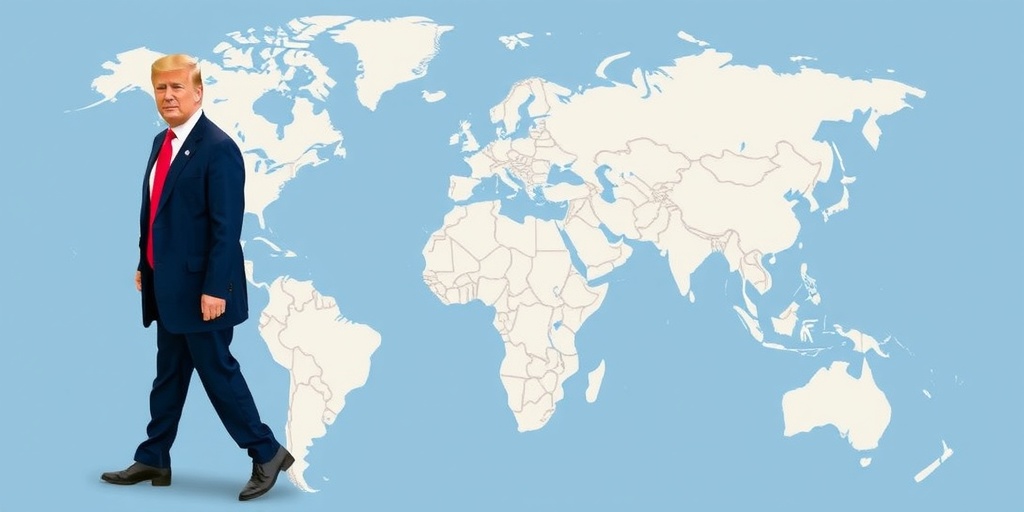Now Reading: Trump Administration Transfers More Migrants to Guantánamo Bay
-
01
Trump Administration Transfers More Migrants to Guantánamo Bay
Trump Administration Transfers More Migrants to Guantánamo Bay

Title: Guantánamo Bay Receives New Immigration Detainees Amid Ongoing Deportation Efforts
In a significant development regarding U.S. immigration policy, approximately 15 immigration detainees were transferred from Texas to the U.S. military base at Guantánamo Bay, Cuba, this past Sunday. This transfer occurs just days after the facility successfully deported its first group of migrants. The newcomers are part of an ongoing strategy by the Trump administration to manage illegal immigration and deportation processes, particularly focusing on individuals deemed as "high-threat illegal aliens."
The military convoy transporting the detainees marks the first influx of new migrants into Guantánamo following the clearing of a previous group of 178 Venezuelan nationals earlier in the week. The Homeland Security Department confirmed that these Venezuelans were successfully deported, significantly reducing the population of individuals held at the facility. The recent arrivals, whose nationalities have not been disclosed, have been classified as posing a potential threat, leading to their placement in Camp 6—a security unit that was previously designated for housing individuals detained during the war on terrorism.
The reasoning behind the need to transport these individuals to Guantánamo is still somewhat of a mystery. Between February 4 and February 17, the government utilized a total of 13 military flights to transfer detainees from Texas. Following their time at Guantánamo, the Trump administration arranged for 177 Venezuelan men to be returned to their home country, utilizing an airstrip in Honduras for the operation. This raises questions about the efficacy and rationale behind these logistical maneuvers and the criteria for using Guantánamo as a temporary holding facility for immigration detainees.
Juan E. Agudelo, a senior official with Immigration and Customs Enforcement (ICE) based in Miami, provided some insight into the administration’s approach. In a court statement filed last week, Agudelo explained that Guantánamo is being used as a temporary housing solution for individuals awaiting deportation to either their home country or a third, safe nation. However, he also indicated that predicting the length of time detainees would remain at the facility before being deported was challenging, stating only that their stay would last “the time necessary to effect the removal orders.”
The latest transfer of migrants to Guantánamo occurred with no prior notice, a detail that has raised concerns among civil liberties advocates. A consortium of U.S. civil rights lawyers had formally requested a minimum of 72 hours’ notification before any further transfers took place, a request that was denied by the government. The lack of transparency surrounding the transfer process has drawn significant criticism from those who advocate for the rights of detainees, arguing that due process should be observed even in immigration cases.
In a positive development for some detainees, the government has indicated that arrangements have been made for those held at Guantánamo to communicate with their attorneys via phone. Notably, three individuals who were deported on Thursday were able to engage in one-hour conversations with their legal counsel, who had sought access to their clients and specifically mentioned them in legal proceedings.
The situation at Guantánamo raises complex questions about the intersection of national security, immigration enforcement, and human rights. Critics of the Trump administration’s policies argue that using an infamous military prison for immigration purposes sends a troubling signal regarding the treatment of migrants, particularly those who may already be fleeing from violence or persecution in their home countries.
As the U.S. government continues to navigate its immigration policy under the current administration, the future of Guantánamo’s role in detaining and deporting migrants remains uncertain. Stakeholders will closely monitor how these policies evolve and the implications they hold for both detainees and broader immigration practices in the United States. With increasing scrutiny from civil rights organizations and legal experts, the administration may be prompted to revisit its approach to handling immigration detainees, particularly as the public’s awareness and advocacy for humane treatment of migrants gain traction.
In the coming weeks and months, it will be crucial to watch for further updates regarding the status of those detained at Guantánamo, the government’s justification for utilizing the facility in this manner, and the continuing legal battles surrounding immigration enforcement and civil liberties.
Stay Informed With the Latest & Most Important News
Previous Post
Next Post
-
 01New technology breakthrough has everyone talking right now
01New technology breakthrough has everyone talking right now -
 02Unbelievable life hack everyone needs to try today
02Unbelievable life hack everyone needs to try today -
 03Fascinating discovery found buried deep beneath the ocean
03Fascinating discovery found buried deep beneath the ocean -
 04Man invents genius device that solves everyday problems
04Man invents genius device that solves everyday problems -
 05Shocking discovery that changes what we know forever
05Shocking discovery that changes what we know forever -
 06Internet goes wild over celebrity’s unexpected fashion choice
06Internet goes wild over celebrity’s unexpected fashion choice -
 07Rare animal sighting stuns scientists and wildlife lovers
07Rare animal sighting stuns scientists and wildlife lovers




















